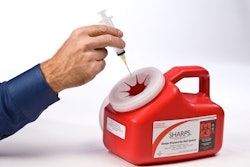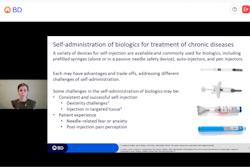
The first draft of a new design protocol from the International Safe Transit Association (ISTA) is scheduled for technical peer review this month. The document combines the work of ISO, the Global Packaging Project (GPP), and ISTA, and will provide guidance on incorporating environmental considerations along with functional factors in the design of more sustainable packaging.
Said Joan Pierce, vice president, packaging sustainability, for Colgate Palmolive, and ISTA chairman, “So much of sustainability is based on reduced packaging. We are concerned that people are forgetting the functional purpose of packaging.” Pierce provided an outline of the suggested design protocol for attendees at Pack Expo 2010, during her presentation, “Responsible Packaging by Design.”
As Pierce explained, need for the protocol is being driven by the great number of specifications and regulations emerging around sustainable package design. “With all these different guidelines, how can a packaging engineer be expected to write specifications?” she asked. “These three efforts [ISO, GPP, and ISTA] must work together to add clarity to the industry.”
The protocol provides a procedure for analyzing packaging systems—from broad to narrow—and is data-driven. Eight steps guide the packager in a Stage-Gate Process, with each stage accompanied by a template to help users gather data.
The eight stages include:
1. Establish project scope.
2. Define boundaries & metrics. According to Pierce, ISTA is advising that the industry align around the metrics being developed by GPP, expected to be complete by year-end 2011.
3. Environmental impact of existing design. For this ISTA looks to TR 13910:2010 “Report on criteria and methodologies for life cycle analysis of packaging,” from CEN, the European Committee for Standardization.
4. Environmental impact of new design.
5. “Best” action for new design.
6. Prototype/validate new design.
7. Assess, recommend, and document final design.
8. Implement design.
At presstime, the first draft for technical peer review is expected by Jan. 1. Pierce said ISTA hopes to have the protocol available for use by the end of Q1-2011.
To learn more about the current metrics and standards being developed around sustainable packaging, attend the Sustainable Packaging Symposium 2011, March 16-18 in Chicago.
By Anne Marie Mohan, Senior Editor, Packaging World






















